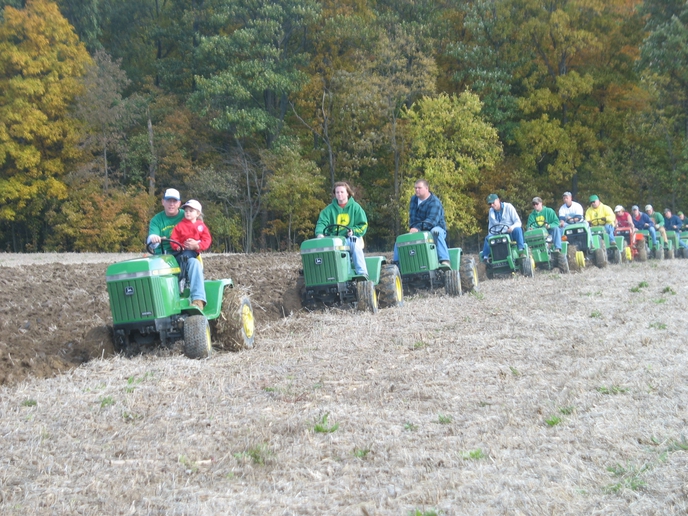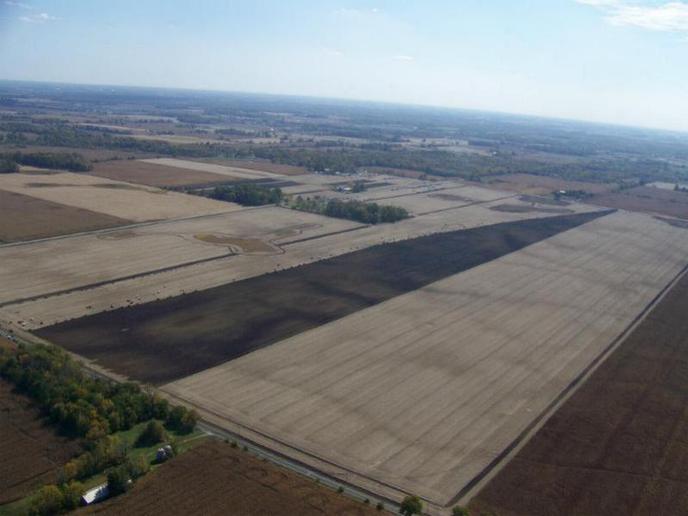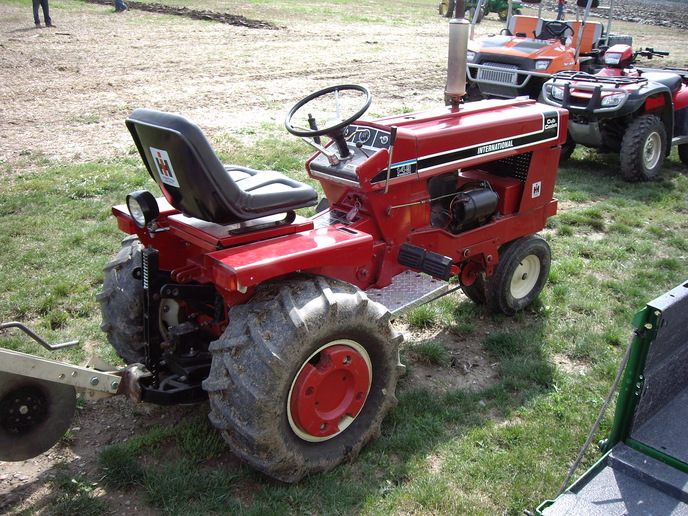I have trouble keep shares on my plow, they wear out too fast. These are new from John Deere for the Brinly garden plows.
I have a 2 bottom plow, it cost $31.00 a share new and they might last me 3 plow days before needing sharpened or replaced.
What I am wondering, is there a way to harden them, or a set from a bigger plow that I could cut down and use that would last longer.
Junk in less than 10 acres of plowing.
These plows are 10" and 12" bottoms.
I came here asking this because I know somewhere on here one of you guys knows the answer, lol. Thanks for any help!
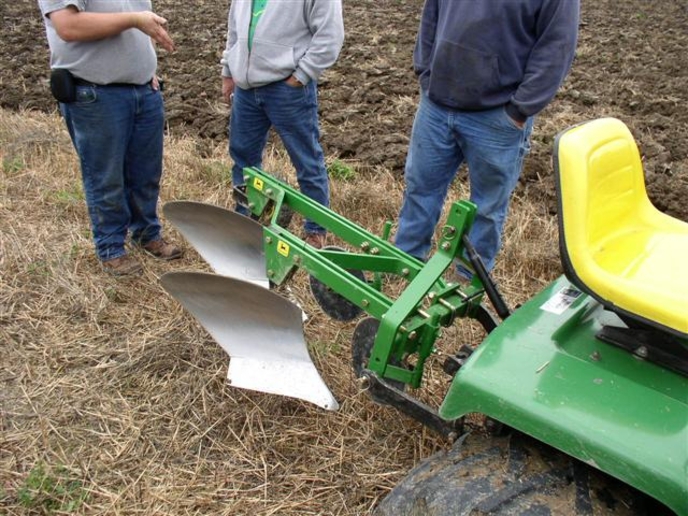
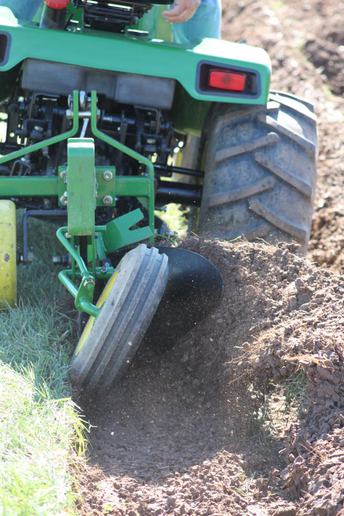
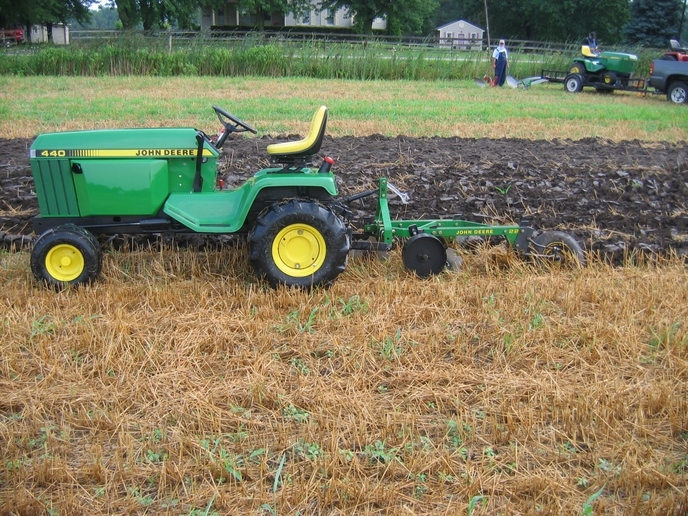
I have a 2 bottom plow, it cost $31.00 a share new and they might last me 3 plow days before needing sharpened or replaced.
What I am wondering, is there a way to harden them, or a set from a bigger plow that I could cut down and use that would last longer.
Junk in less than 10 acres of plowing.
These plows are 10" and 12" bottoms.
I came here asking this because I know somewhere on here one of you guys knows the answer, lol. Thanks for any help!





